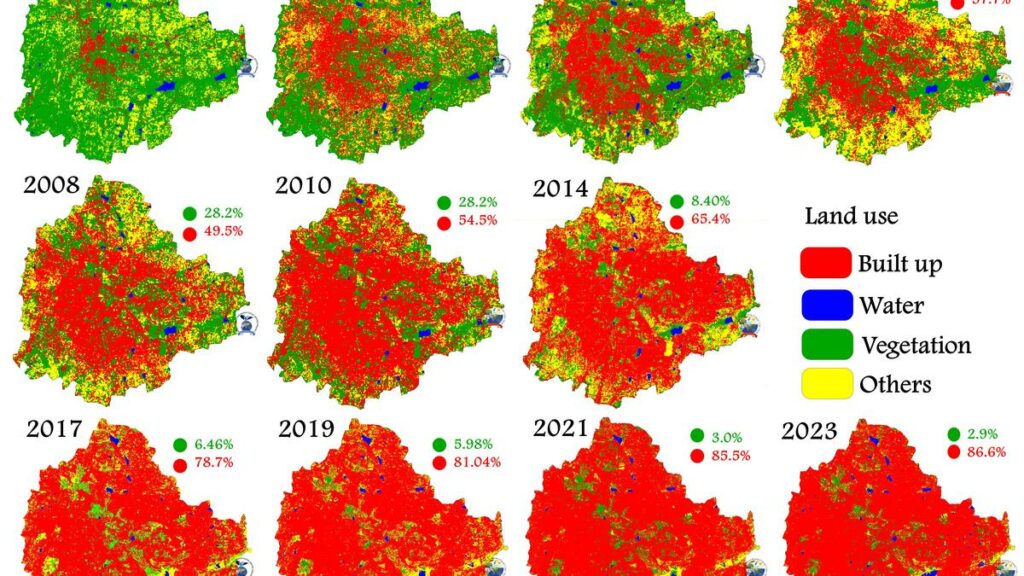Declining Forest Cover in Bengaluru: A Growing Concern
A Somber Look at Bengaluru’s Environment
The alarming decline of forest cover in Bengaluru has come under scrutiny, particularly after the intense summer heat and subsequent water shortage that sparked concern among residents. Just like its lakes, the city’s greenery is facing severe threats from encroachment. The metropolitan area, which encompasses five taluks—Bengaluru North, Yelahanka, Bengaluru East, Anekal, and Bengaluru South—boasts approximately 26,077 acres of forested land. However, as reported by the Karnataka Forest Ministry, over 2,665 acres have been illegally occupied.
Areas Under Siege: Taluk-Specific Details
Anekal stands out with a significant expanse of 10,842 acres of forest area; however, it is also the most vulnerable to encroachments compared to other taluks. Following closely are the regions of Bengaluru South and Yelahanka. Specifically highlighting Bengaluru East reveals that out of its 1,485 acres of forest land available for conservation efforts, over 573 acres are compromised.
Over the past five years alone, there have been a staggering total of 163 encroachment cases logged within these areas; only 28 have been successfully resolved according to Forest Minister Eshwar B. Khandre’s recent statements.
The Experts’ Alarm
Environmental specialists have raised concerns regarding this rapid loss of green cover. T.V. Ramachandra from the Energy and Wetlands Research Group at IISc emphasizes that other major cities like Delhi and Mumbai maintain better spatial extents of forests compared to Bangalore’s critical situation.
Over time—specifically since 1973—the city’s vegetation cover has diminished significantly from an impressive 68% down to less than a mere 4% by early 2023. Ramachandra highlights how essential healthy forest ecosystems are for urban environments—they effectively function as ”lungs,” generating oxygen while assimilating carbon emissions and facilitating groundwater recharge processes.
Research indicates that when native tree species dominate a region’s forestry profile—a condition prevalent when more than approximately one-third (30%) vegetative coverage exists—the infiltration rates for rainfall can average between 58%–65%. In areas suffering under degraded conditions where such native forests exist minimally or not at all during dry seasons tend to experience inefficient water retention confined primarily within monsoon months alone.
This deterioration not only affects biodiversity but jeopardizes overall water supply sustainability in urban landscapes—a crucial factor as populations grow larger each year.
Conclusion
The rapid degradation in forest areas presents myriad impacts on both environmental stability and urban life quality across Bengaluru—an issue deserving immediate attention before it’s too late. Ongoing conservation efforts must adapt dynamically against these pressing challenges if we hope to restore ecological balance while supporting robust growth within this vibrant city.
